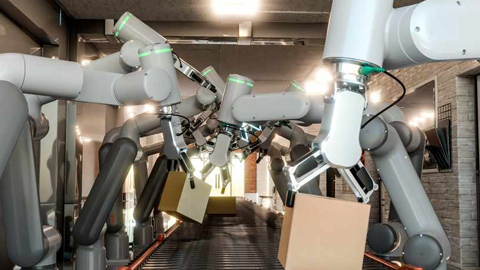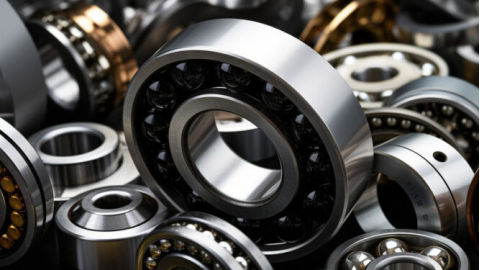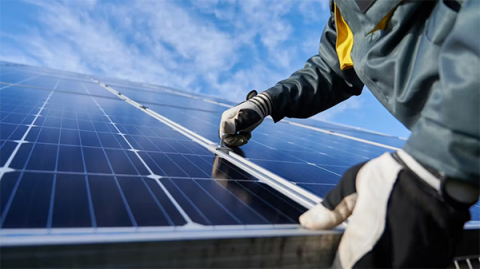Top 10 Force Measurement Factories in China
Force measurement is a core part of modern industrial quality control, research testing, and safety monitoring. China's factories now produce high-quality sensors that meet strict global standards.

Industry Technical Standards and Certification
Chinese force measurement factories follow strict standards. They use the GB/T 13634-2008 standard for calibrating force sensors. This standard defines accuracy classes: 0.5, 0.3, and 0.1. They also meet the ISO 376:2011 international standard, which has 17 technical requirements. These include repeatability error and temperature effect. Factories often have CMA and CNAS certifications. These ensure their equipment can be traced to national measurement standards.
Technical Innovation Capability
Top factories show strong innovation. They use advanced strain gauge technology and precise Wheatstone bridge designs. Their sensors have wide temperature compensation ranges, from -10°C to +80°C. Digital sensors use 24-bit ADC sampling and 1000Hz sampling rates. Some use MEMS and FBG technology for multi-axis force sensors. One factory developed an AI temperature compensation system. It reduced temperature drift to ±0.0005%FS/°C.
Product Range and Specialization
These factories offer a deep product line. They make tiny sensors that measure 0.1 Newtons and large sensors for 5 MegaNewtons. Designs include S-type, cantilever, and column styles. They make sensors for harsh conditions. These include high temperatures over 200°C, explosive atmospheres (ATEX/IECEx), and medical use (ISO 10993). One factory made a miniature torque sensor for satellite solar panels. It has ±0.1% accuracy and weighs only 15 grams.
Smart Manufacturing and Quality Control
Leading factories use automated production. Robots install strain gauges and perform laser welding. Each sensor goes through a full temperature aging test. The calibration process uses ISO/IEC 17025 certified force machines. They use a 21-point calibration method. Each sensor has a digital twin that records over 200 production parameters. This allows for full life-cycle quality tracking. One factory uses robotic calibration. It improved efficiency by 300% and reduced human error to below 0.02%.
Industry Application Solutions
These factories provide solutions for many industries. For car manufacturing, they offer systems with 0.5% accuracy and 100ms response times. For aerospace, sensors work in extreme temperatures from -55°C to +125°C. For medical devices, they make sensors with millinewton precision and biocompatible materials. In renewable energy, they provide multi-point pressure measurement for solar panel production.
Research Investment and Intellectual Property
Top factories invest heavily in research. They spend 8% to 15% of their revenue on R&D. Their teams include doctors and experts from different fields. They hold patents for strain gauge packaging, temperature compensation algorithms, and digital filtering. They work with top universities like Tsinghua and Harbin Institute of Technology. One recent breakthrough is a micro-force sensor using quantum tunneling. It has a resolution of 0.001N.
Global Market Competitiveness
Chinese factories are strong global competitors. Their sensors cost 40% to 60% less than European or American brands. Delivery times are 50% shorter. They have obtained international certifications like CE, NTEP, and OIML R60. Their market share is growing in Southeast Asia (30%), the Middle East (25%), and Eastern Europe (15%). One company's multi-axis sensor received certification from German car maker Volkswagen. It now exports over 20 million RMB worth of sensors yearly.
After-Sales Service and Technical Support
Service is a key strength. Factories have 15 calibration centers across China. They offer on-site and lab calibration. They use IoT remote diagnosis systems to monitor sensor health. This can predict failures 30 days in advance. They run 60 training sessions each year on sensor use and maintenance. They promise a 4-hour technical response and 48-hour on-site support.
Sustainability and Future Trends
Factories focus on sustainable manufacturing. They use lead-free soldering and alternative plating processes. Their goals include a 95% material recycling rate. They design low-power sensors that use less than 1μA in standby mode. Future trends include AI-based calibration, wireless sensors, and quantum measurement technology. They are preparing for Industry 4.0 with IIoT interfaces and cloud data services.




